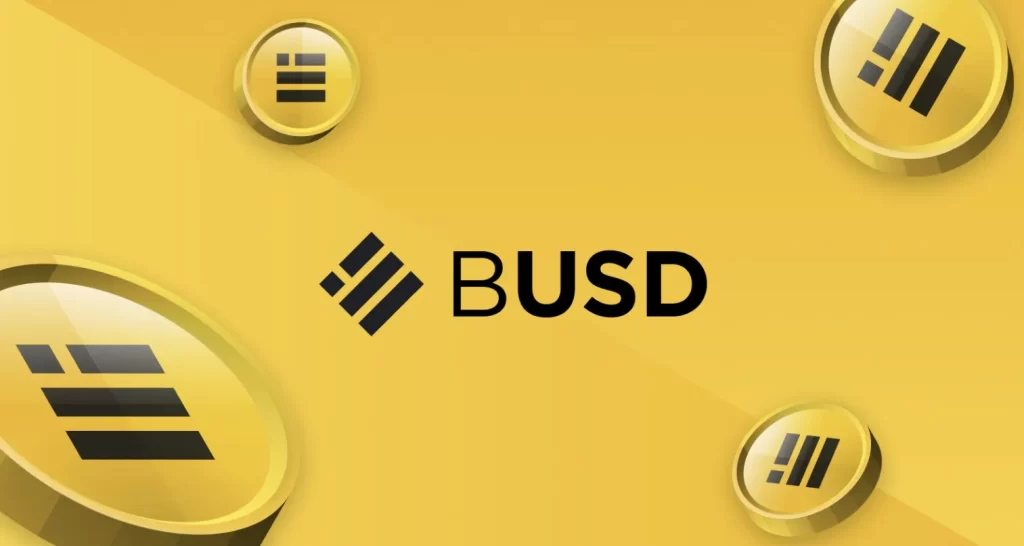Popular cryptocurrency exchange Binance recently announced the successful integration of its BUSD stablecoin into the Avalanche and Polygon networks. BUSD can now be transferred via the Ethereum, Smart Chain, Beacon Chain, Avalanche and Polygon networks.
BUSD in new blockchains
Binance announced the integration of the BUSD stablecoin into the Avalanche and Polygon networks. The integration will allow Binance users to make deposit and withdrawal transactions through Avalanche, Polygon and the BNB Smart Chain network (Binance’s blockchain network).
This comes as an expansion, as Binance will now accommodate BUSD transactions between five different blockchain networks; Ethereum network, BNB Smart Chain network, Avalanche network, BNB Beacon Chain, and the Polygon network.
Binance has completed the integration of Binance USD (BUSD) into the Avalanche and Polygon networks. BUSD deposits and withdrawals are now open on both networks. Users can transfer BUSD through the Ethereum, BNB Chain, Avalanche and Polygon networks”, it reports on its official site.
Expansion, growth and development of Binance
Avalanche and Polygon will allow merchants to explore the two ecosystems using the stablecoin pegged to the US dollar. Binance also plans to support more blockchain ecosystems using BUSD as part of its efforts to continue its expansion, growth, and development.
In the same announcement post, Binance also issued deposit addresses for the BUSD stablecoin on the Avalanche and Polygon networks. The corresponding smart contracts issued by Binance were:
BUSD (Binance-Peg) on the Avalanche Network: 0x9C9e5fD8bbc25984B178FdCE6117Defa39d2db39BUSD (Binance-Peg) on the Polygon network: 0x9C9e5fD8bbc25984B178FdCE6117Defa39d2db39
About BUSD
Binance’s stablecoin, BUSD, is regulated by the New York State Department of Financial Services (NYDFS) and issued by the provider Paxos. According to Binance, the exchange provides the service of linked tokens by locking BUSD on Ethereum and issuing an equal amount of Binance-Peg BUSD on other networks based on proof of assets provided by the exchange.
Binance is pegged to the US dollar valuation at a 1:1 ratio. This causes the value of the BUSD to fluctuate in accordance with the fluctuating value of the US dollar. The stablecoin is approved for trading by the New York State Department of Financial Services and any other licensed virtual currency issued by the Department.
Paxos, the provider of BUSD, has the same number of US dollars for each BUSD issued. Some of the US dollar reserves held for this purpose are held in FDIC-insured US banks.
Paxos issues BUSD on the Ethereum network, while Binance offers BUSD tokens wrapped on the BNB Smart Chain network.
Due to the strong BUSD tokenomics and the excellent cooperation between Binance and Paxos, BUSD has continued to perform well and has earned a prominent place among the most trusted stablecoins in the crypto world. Launched in 2019, BUSD has achieved immense growth with an outstanding market cap of over $20 billion. BUSD currently ranks third behind stablecoins USDC and USDT.
Disclaimer: The content and links provided in this article are for informational purposes only. islaBit does not offer legal, financial or investment recommendations or advice, nor does it replace the due diligence of each interested party. islaBit does not endorse any investment offer or the like promoted here.

